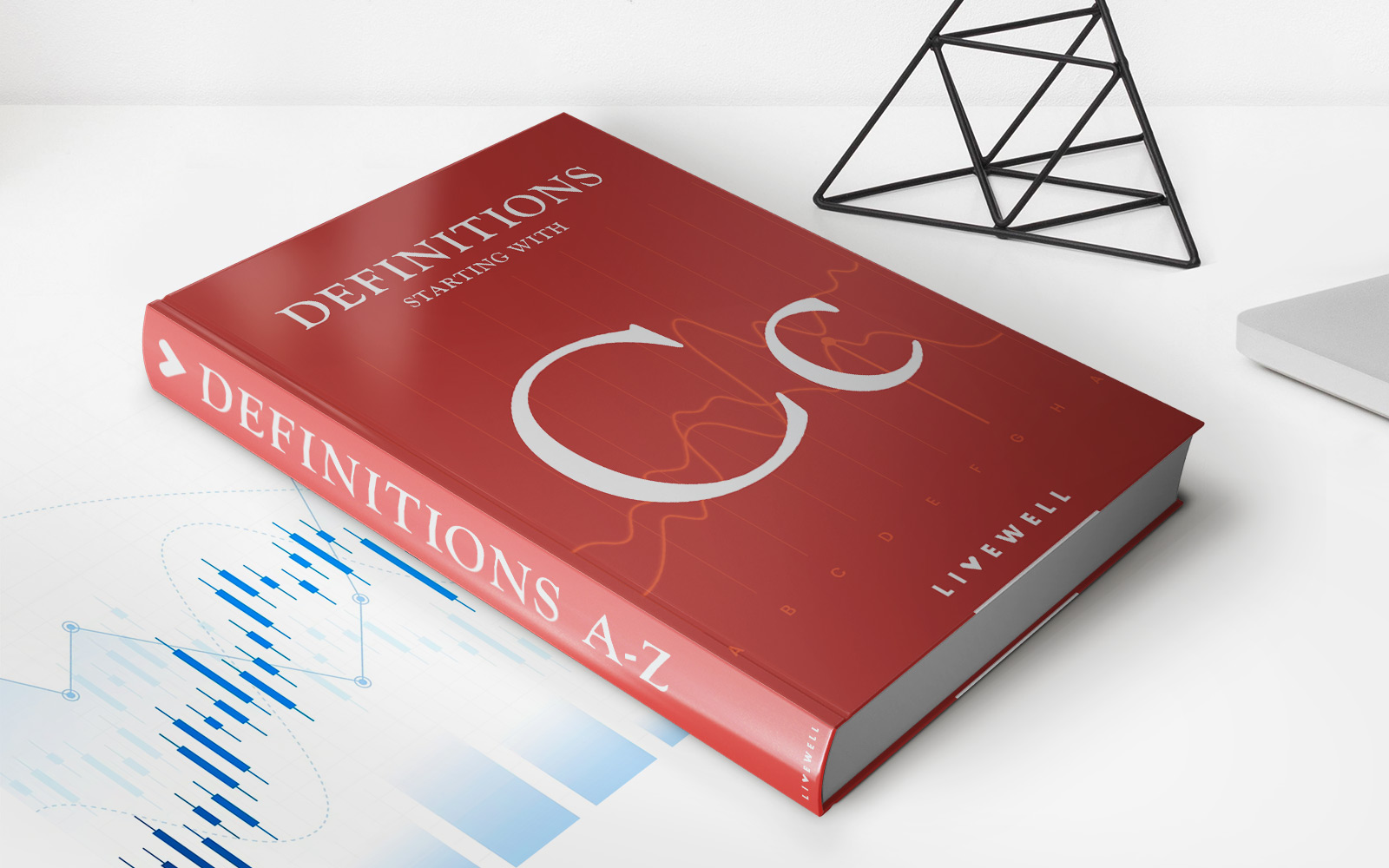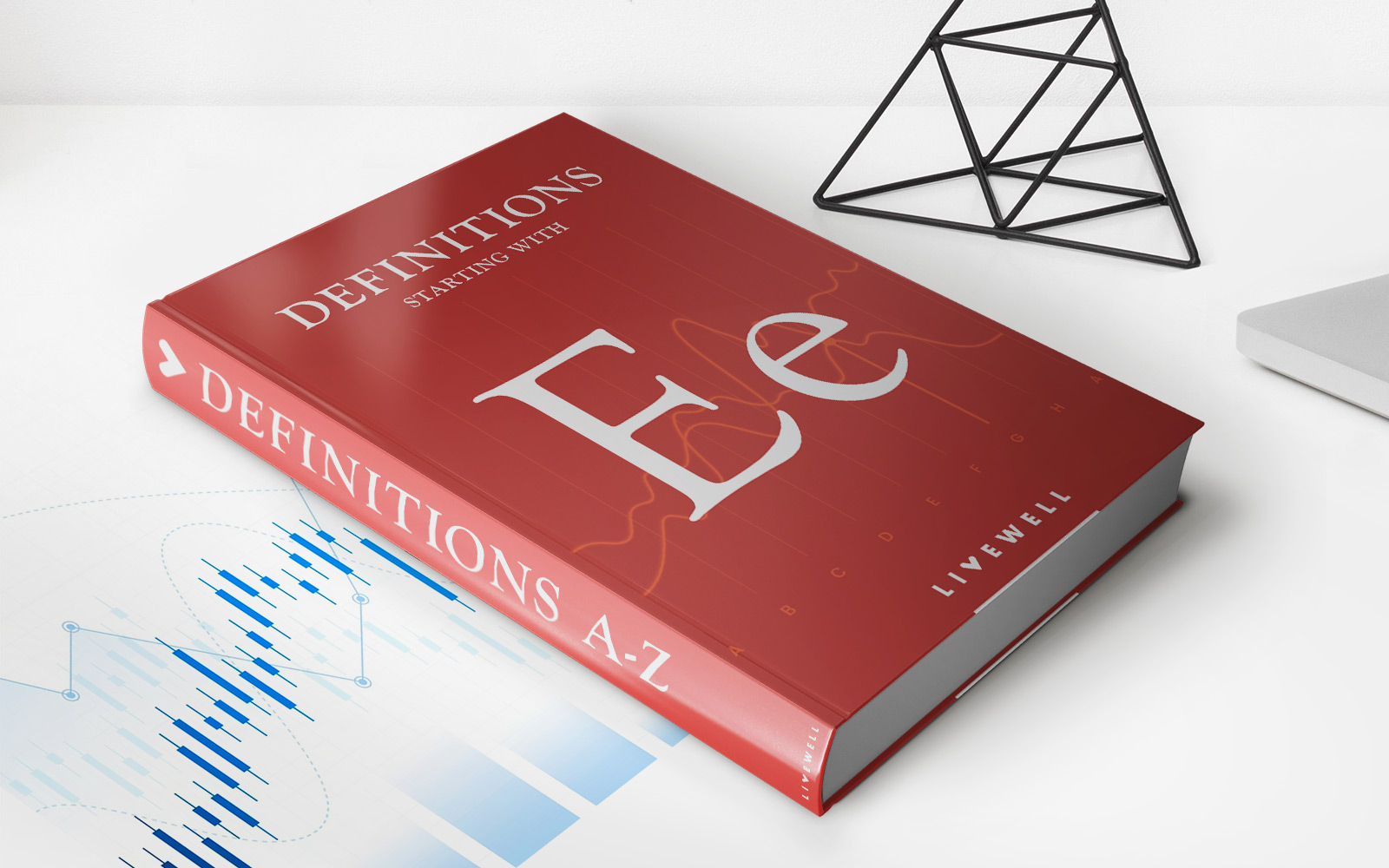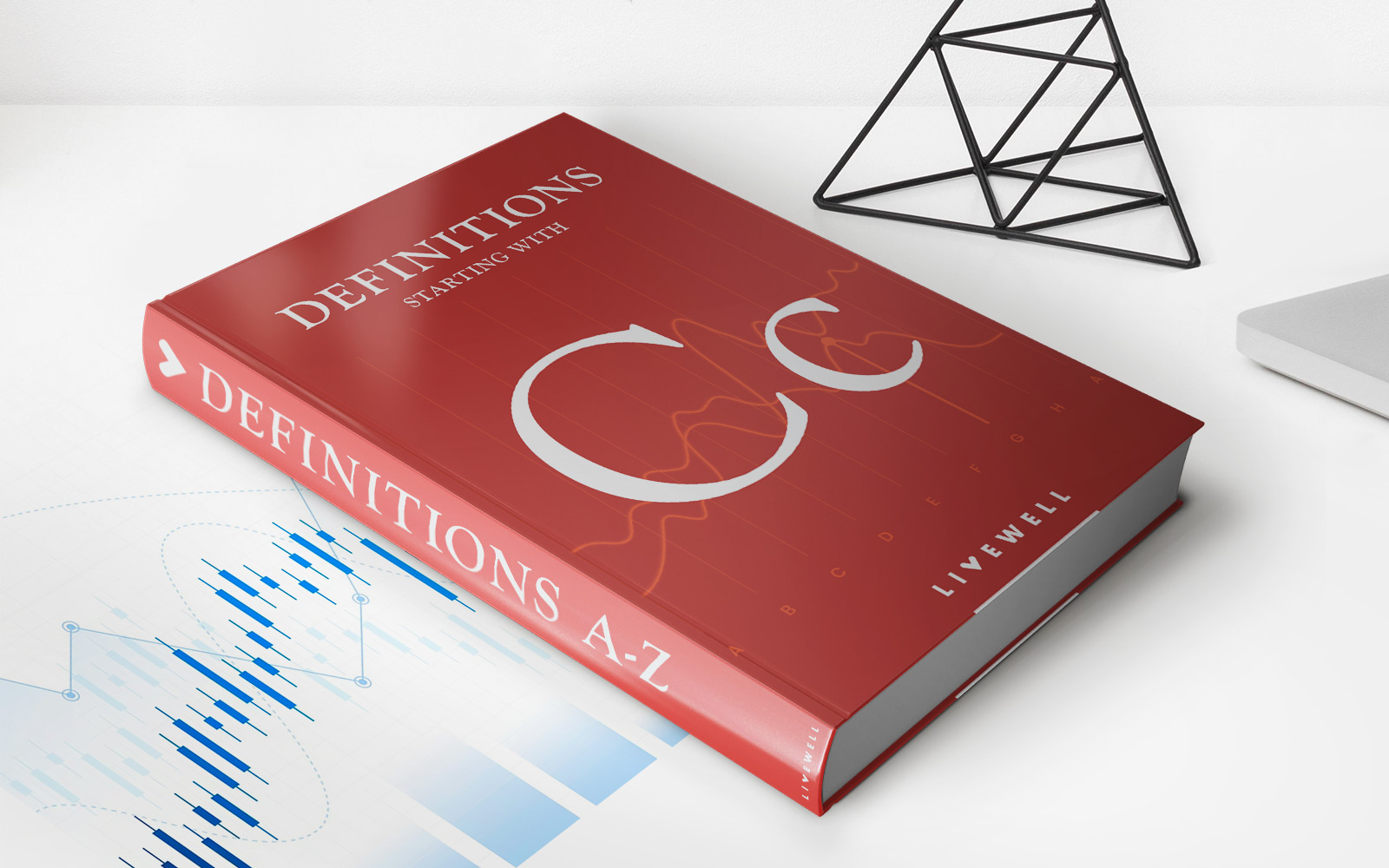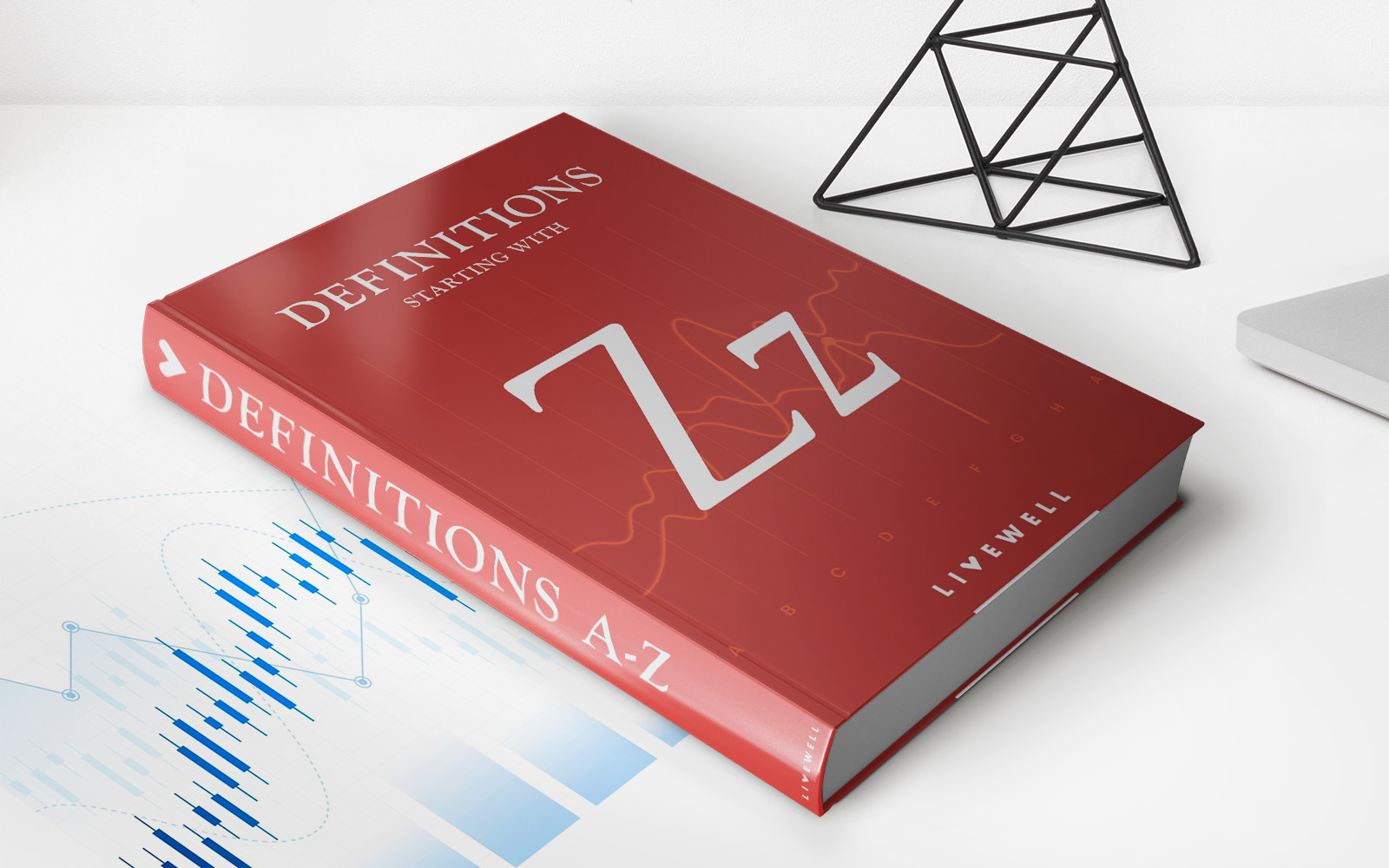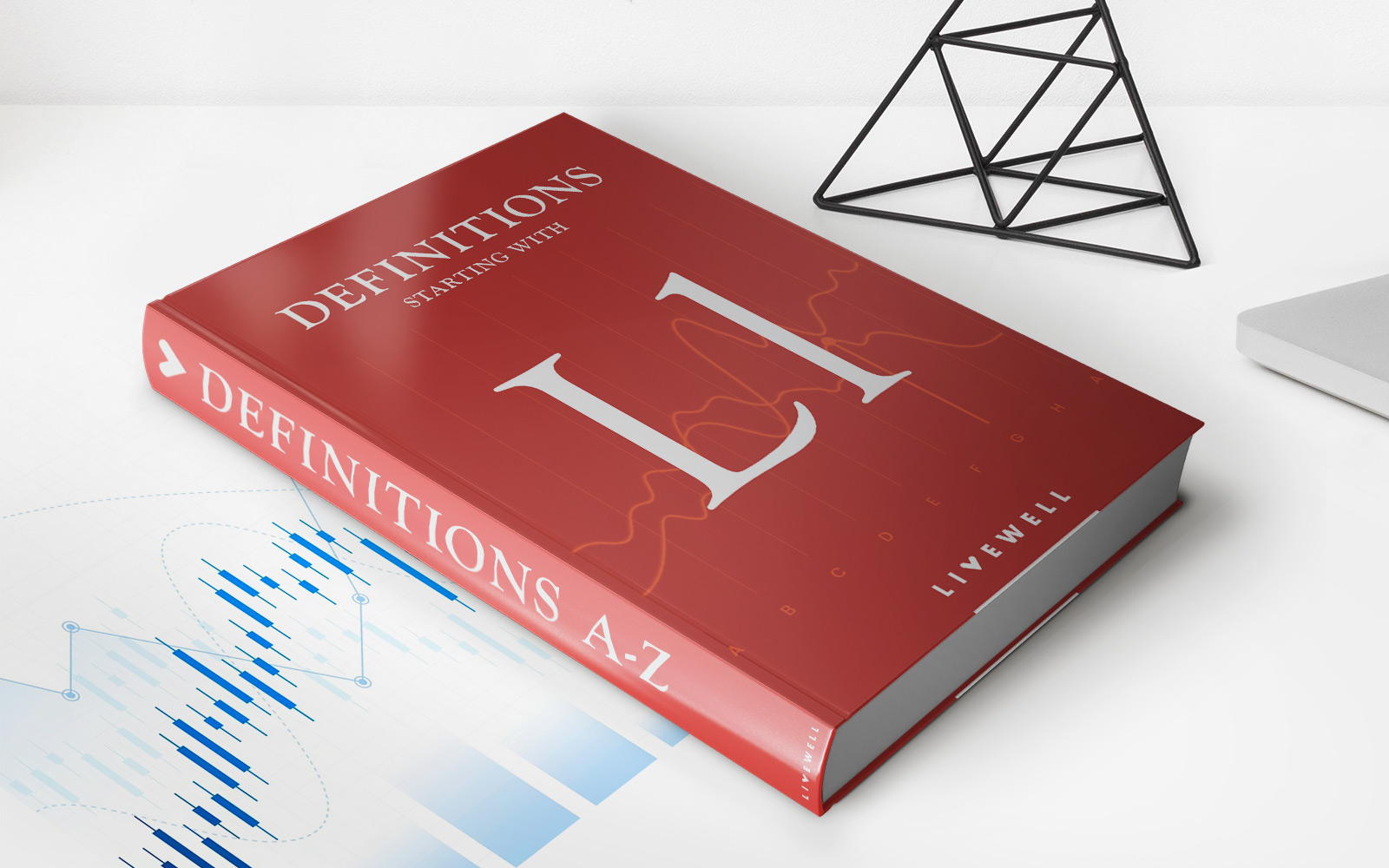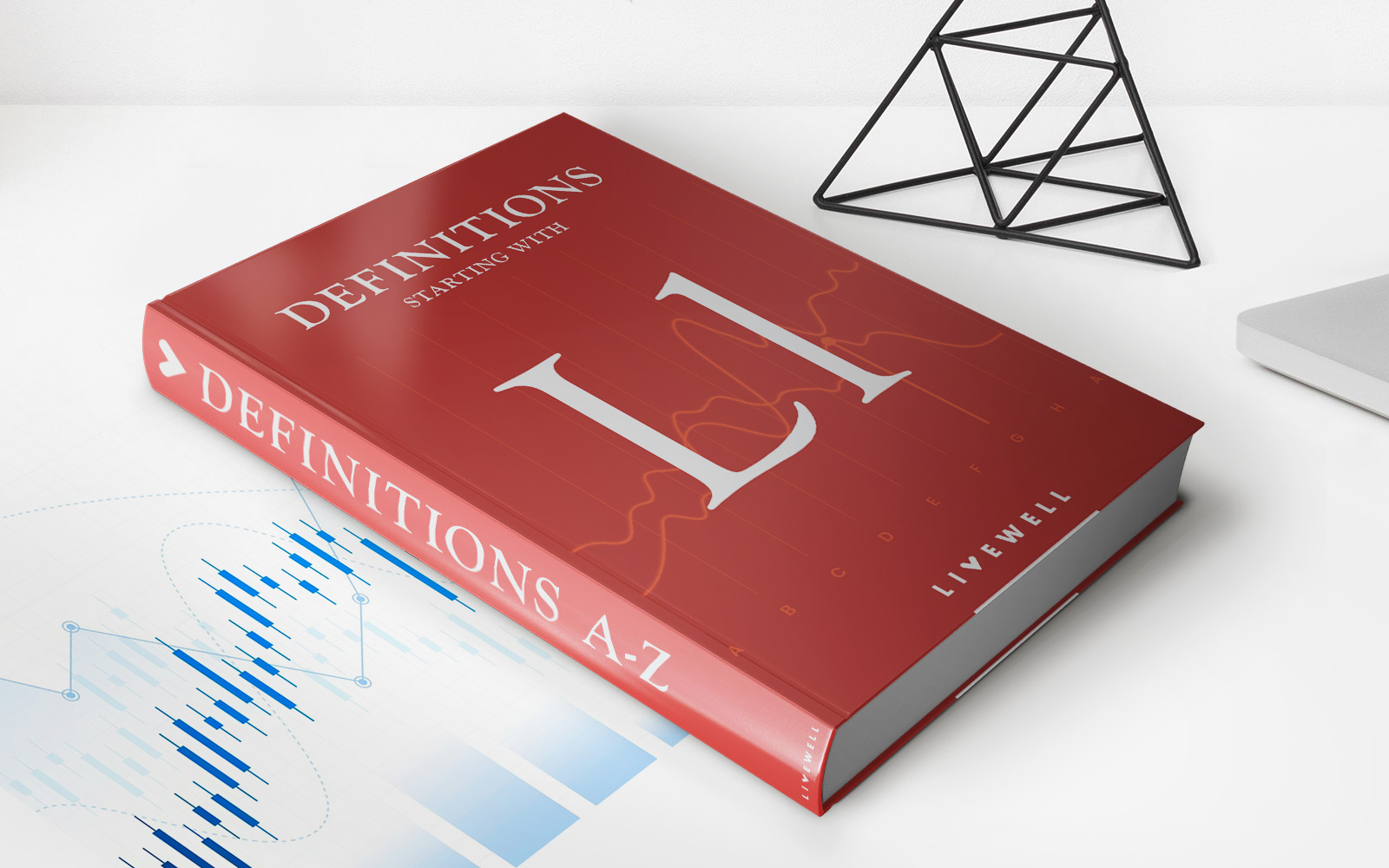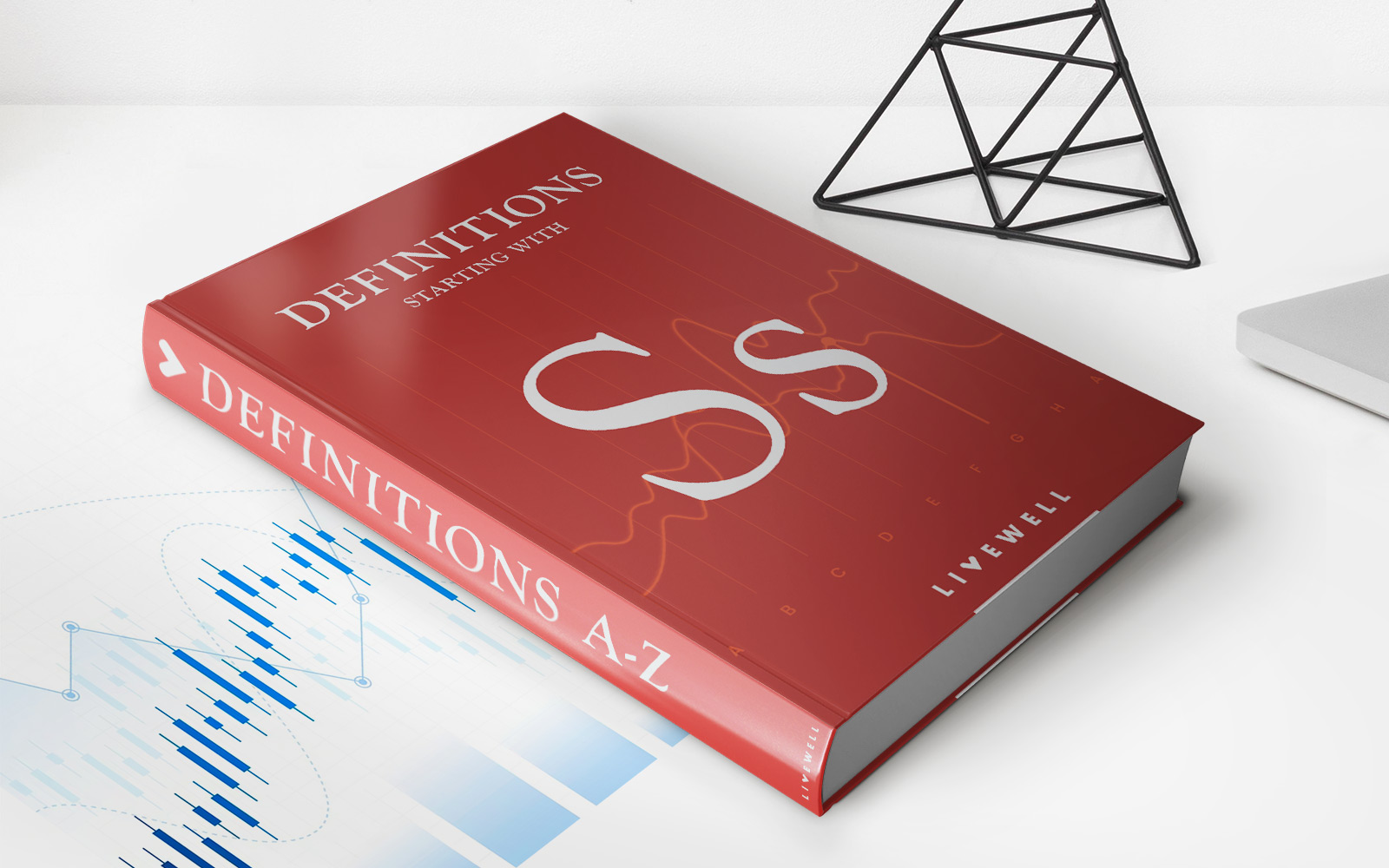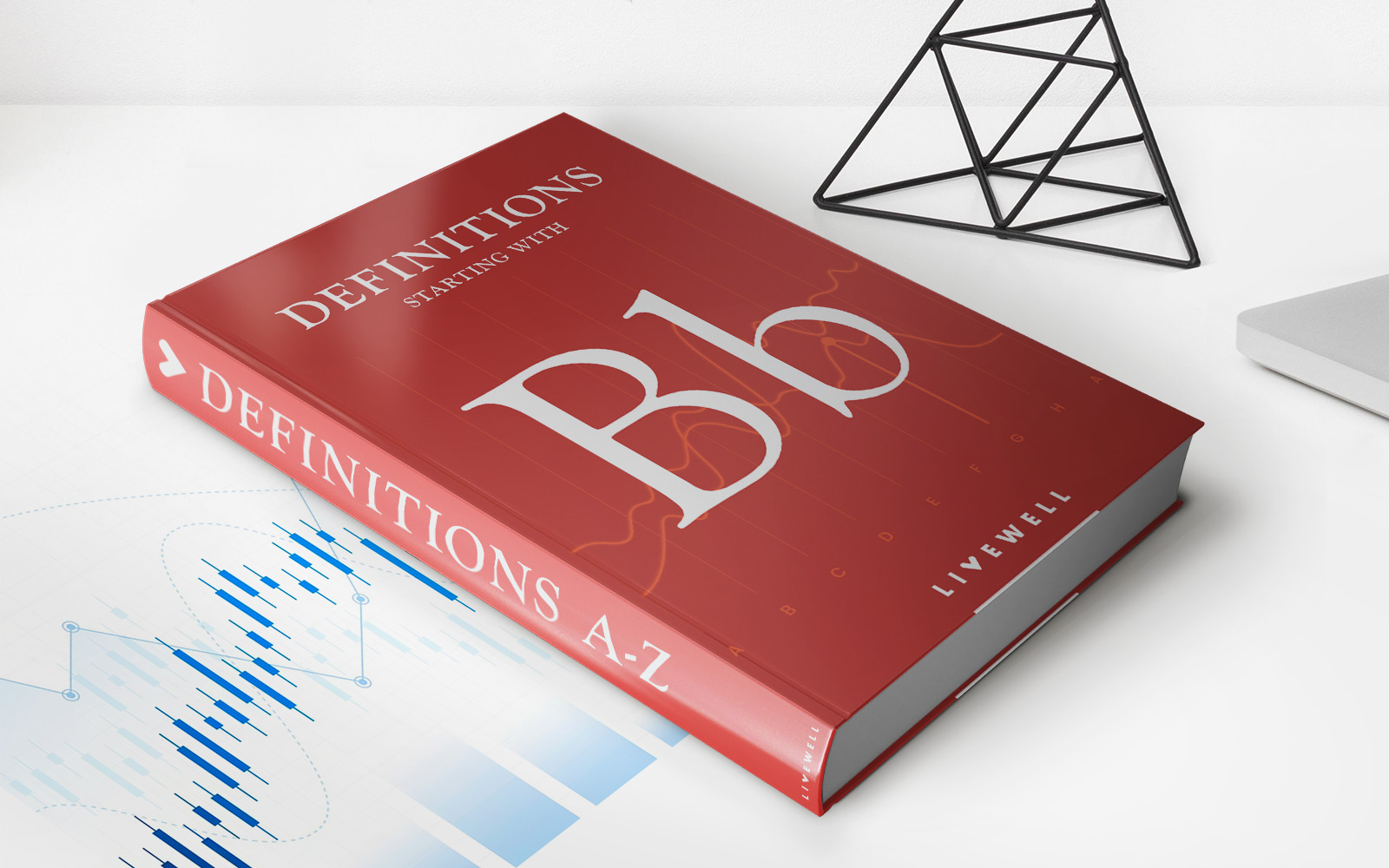Home>Finance>S&P GSCI Definition, Commodity Types Listed, Potential Drawbacks
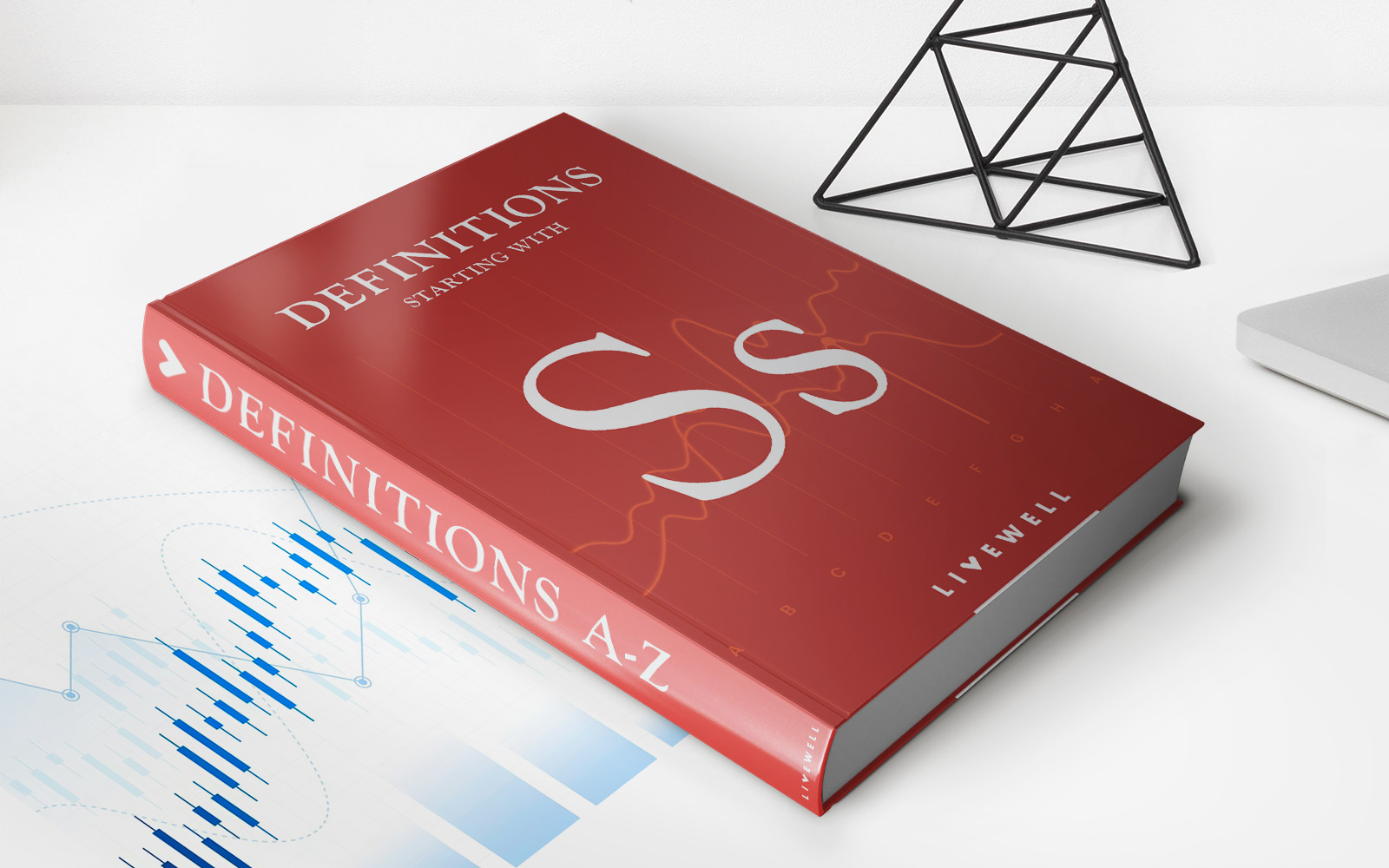

Finance
S&P GSCI Definition, Commodity Types Listed, Potential Drawbacks
Published: January 22, 2024
Looking to learn the definition and types of commodities listed in the S&P GSCI? Explore potential drawbacks in this comprehensive finance guide.
(Many of the links in this article redirect to a specific reviewed product. Your purchase of these products through affiliate links helps to generate commission for LiveWell, at no extra cost. Learn more)
Unlocking the Power of the S&P GSCI: A Comprehensive Guide
Welcome to our in-depth exploration of the S&P GSCI. In this article, we will provide a detailed definition of the S&P GSCI, discuss the commodity types listed in this index, and highlight some potential drawbacks to consider. So, whether you are new to the world of commodities or a seasoned investor, this guide will help you understand how the S&P GSCI can fit into your investment strategy.
Key Takeaways
- The S&P GSCI is a widely recognized index that tracks the performance of commodities.
- The index consists of various commodity types, such as energy, agriculture, precious metals, industrial metals, and livestock.
What is the S&P GSCI?
The S&P GSCI, or Standard & Poor’s Goldman Sachs Commodity Index, is a benchmark index that measures the performance of a diverse range of commodities. It was created by Standard & Poor’s and Goldman Sachs to provide investors with a comprehensive view of the commodity market.
The S&P GSCI is designed to track the prices of physical commodities that are traded on major exchanges worldwide. It serves as a barometer for commodity prices and is widely used by investors, traders, and financial institutions to gain exposure to the commodities market.
Commodity Types Listed in the S&P GSCI
The S&P GSCI includes a broad spectrum of commodity types, providing investors with exposure to different sectors of the commodity market. Here are the major commodity types listed in the S&P GSCI:
- Energy: This category includes crude oil, natural gas, heating oil, and gasoline. Energy commodities are essential for industries and play a vital role in global economic activity.
- Agriculture: Commodity types in this category include wheat, corn, soybeans, coffee, cocoa, cotton, and sugar. Agriculture commodities are influenced by factors such as weather conditions, supply and demand dynamics, and geopolitical events.
- Precious Metals: This category includes gold, silver, platinum, and palladium. Precious metals are often seen as safe-haven assets and are influenced by factors such as inflation, currency movements, and investor sentiment.
- Industrial Metals: Copper, aluminum, nickel, lead, and zinc are some of the industrial metals included in the S&P GSCI. Industrial metals are widely used in manufacturing and construction, making them sensitive to global economic activity.
- Livestock: This category includes lean hogs and live cattle. Livestock commodities are influenced by factors such as consumer demand, feed prices, and disease outbreaks.
Potential Drawbacks of the S&P GSCI
While the S&P GSCI offers a comprehensive view of the commodity market, it’s important to be aware of some potential drawbacks:
- Volatility: Commodities can experience significant price fluctuations due to various factors such as supply and demand imbalances, geopolitical events, and weather conditions. This volatility can lead to substantial gains but also significant losses.
- Contango and Backwardation: Contango and backwardation are terms used to describe the price relationships between futures contracts. Contango occurs when future contracts are more expensive than current spot prices, while backwardation occurs when future contracts are cheaper. These phenomena can impact the performance of commodity index funds.
So, while the S&P GSCI can provide valuable exposure to the commodity market, it’s important to carefully consider these potential drawbacks and ensure it aligns with your investment objectives and risk tolerance.
In conclusion, the S&P GSCI is a powerful index that tracks the performance of a wide range of commodities. By including diverse commodity types, the index offers investors the opportunity to gain exposure to various sectors of the commodity market. However, investors should be mindful of the potential drawbacks, such as volatility and contango/backwardation, when incorporating the S&P GSCI into their investment strategy. As with any investment, thorough research and understanding are key to making informed decisions.
